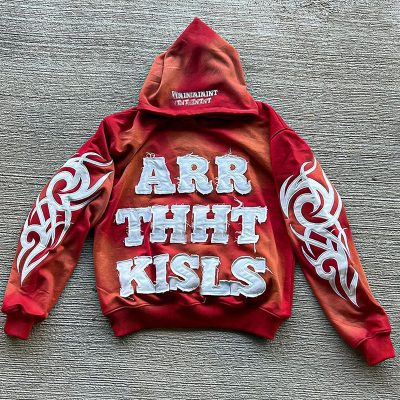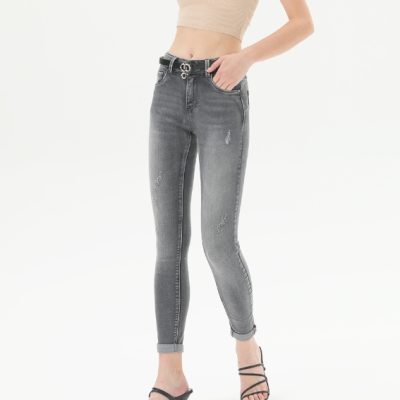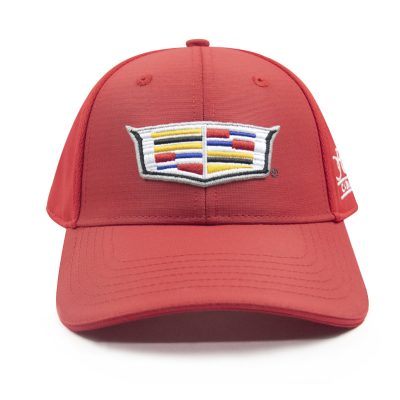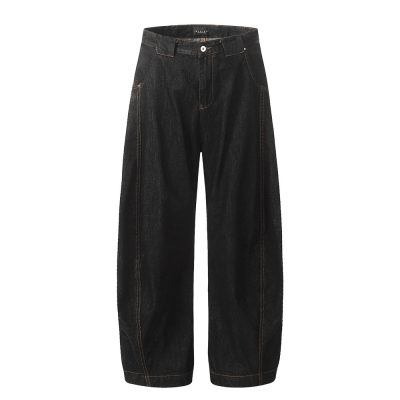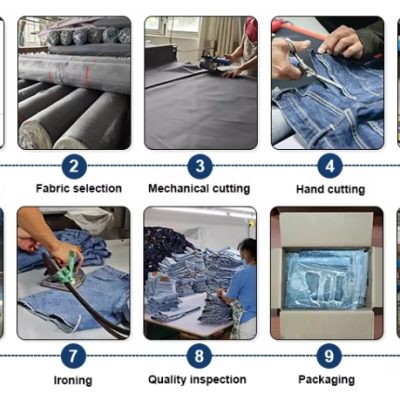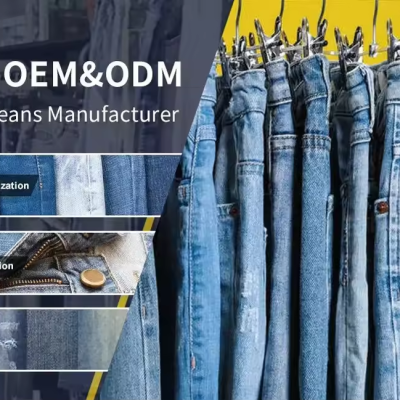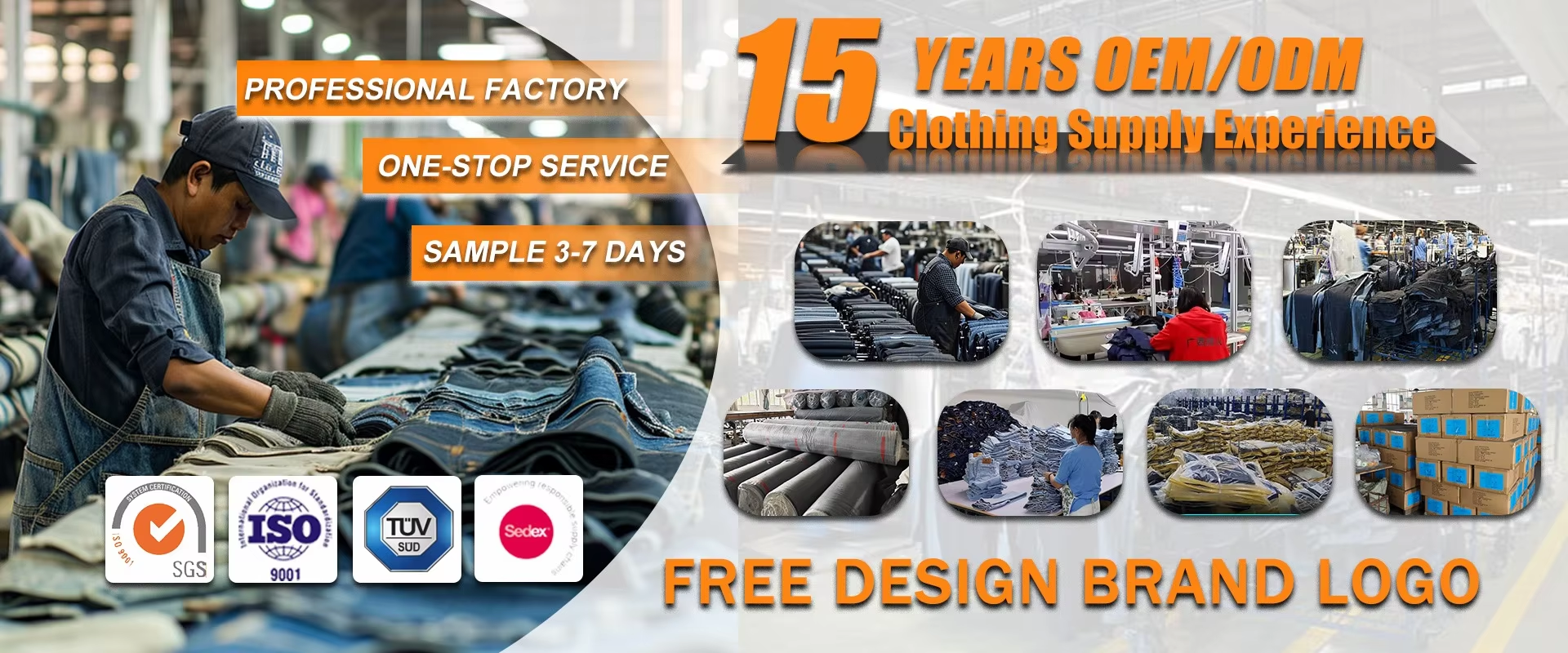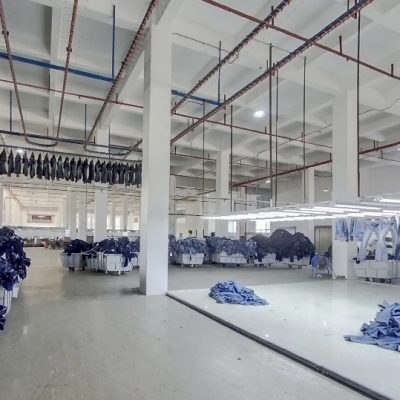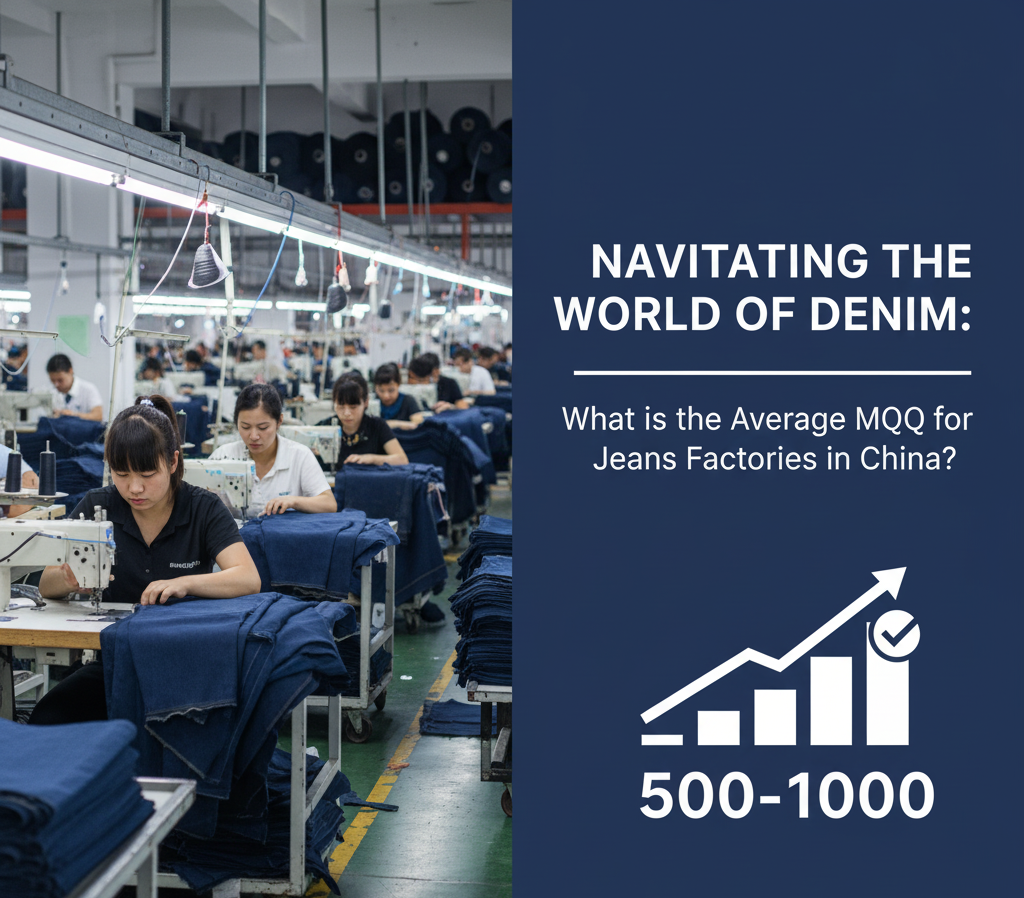
For any fashion brand, designer, or entrepreneur looking to bring a new denim line to life, one of the first and most critical questions is: “What is your Minimum Order Quantity (MOQ)?”
Here at Guangxi Xinen Garment, as a manufacturer dedicated to crafting high-quality denim jeans, this is a conversation we have every day. The answer isn’t a single number; it’s a reflection of the intricate process behind creating a truly great pair of jeans. Understanding the “why” behind the MOQ is the first step toward building a successful partnership with a factory in China.
This guide will demystify the average MOQ for jeans manufacturing and explain the key factors that influence it.
Why Do MOQs Exist in the First Place?
Before we talk numbers, it’s important to understand why factories have minimums. An MOQ isn’t an arbitrary barrier; it’s an economic necessity driven by the supply chain.
- Fabric Mills: Denim mills, the source of our raw material, have their own large MOQs. To produce a specific weight, weave, or color of denim, they often require us to purchase several thousand meters of fabric at a time.
- Dyeing and Washing: The dyeing process for both fabric and finished garments is done in large batches. Similarly, specialized washes (like stone wash, acid wash, or enzyme wash) require a minimum number of garments to run the industrial machines efficiently and achieve consistent results.
- Production Line Efficiency: Setting up a production line involves calibrating machinery, preparing patterns, and assigning a team of skilled workers to a specific design. Running a very small batch is inefficient and drives up the cost per unit significantly.
- Custom Trims and Hardware: Branded buttons, rivets, zippers, and patches are all sourced from other suppliers who also have their own MOQs.
The Big Question: What is the Average MOQ?
The jeans manufacturing landscape in China is diverse. The “average” MOQ depends heavily on the factory’s size, specialization, and the client’s needs. We can generally break it down into three tiers:
Tier 1: Large-Scale Factories
- Average MOQ: 300-800+ pieces per style, per color.
- Best for: Major international brands and established retailers.
- Profile: These factories are built for massive volume. They offer the most competitive price per unit but are the least flexible. Their entire operation is optimized for producing tens of thousands of units with maximum efficiency.
Tier 2: Mid-Sized, Quality-Focused Factories (This is our specialty)
- Average MOQ: 50-150 pieces per style, per color.
- Best for: Emerging brands, established SMEs, and companies that prioritize quality and partnership.
- Profile: This is the sweet spot for most brands. Factories like ours focus on building long-term relationships. We have the expertise and equipment to deliver premium quality, but with more flexible production lines than the mega-factories. An MOQ in this range allows us to source high-quality materials and dedicate the necessary resources to washes and finishing while remaining accessible.
Tier 3: Small Studios or Low-MOQ Specialists
- Average MOQ: 30 – 50 pieces per style, per color.
- Best for: Startups, small capsule collections, or brands testing a new market.
- Profile: These workshops cater to new businesses. While the low MOQ is attractive, it almost always comes with a significantly higher price per unit. They often use stock fabrics and trims to get around supplier minimums, which can limit customization options.
Key Factors That Can Influence YOUR MOQ
Your specific MOQ can be flexible depending on several variables.
- Fabric Choice: Using a factory’s in-stock denim fabric is the single best way to achieve a lower MOQ. If you require a completely custom-milled fabric, the MOQ will be dictated by the fabric mill, which is often high.
- Wash Complexity: A simple rinse wash is less intensive than a multi-stage process involving hand-sanding, whiskering, and custom bleaching. Complex washes often require a higher MOQ to ensure consistency across the batch.
- Custom Hardware & Trims: Do you need buttons and rivets with your brand’s logo? The supplier for those items will have an MOQ of thousands of units. We can store the extras for your future orders, but it requires an initial commitment. Using high-quality stock hardware can help lower the MOQ for your first order.
- Order Consolidation: Ordering two different styles but using the exact same denim fabric and wash can sometimes allow for more flexibility, as we can bundle the fabric purchasing and washing processes.
Tips for Brands: Working with a Manufacturer on MOQ
- Have a Clear Tech Pack: A professional tech pack with detailed specifications shows you are serious and helps us quote accurately from the start.
- Be Open About Your Goals: Tell us if you are a startup or an established brand. Transparency allows us to find the best possible solution for you.
- Ask About Stock Materials: Inquiring about available in-stock fabrics is a great strategy for your first production run.
- Think Long-Term: We value partners, not just orders. A brand that can communicate a clear vision for future growth is one we are more willing to invest in, sometimes by being more flexible on an initial order.
The Takeaway
While the average MOQ for a quality-focused jeans factory in China hovers around 300-800 pieces per style, it’s a dynamic figure. The MOQ is the starting point of a conversation about quality, customization, and partnership.
Ready to start that conversation? Our team is here to help you navigate the production process and create the high-quality denim jeans your brand deserves.


